Review of Horizon BCBSNJ Omnia – Everything you need to know about Omnia Plans
March 31, 2020The CARES Act For Small Businesses
April 8, 2020
This article was previously published in Insurance Advocate. Credit: MSO and Sue C.
Quimby, CPCU, AU, CIC, CP/W, DAE
As the U.S. works its way through the many challenges presented by the #COVID19 pandemic, Glenn Insurance wants to be sure as your risk professionals that we are keeping up with the changes you make in your business to survive this most difficult time.
When was the last time you had a checkup on your insurance coverage? Over time, needs change, and, more importantly, there may be penalties for being underinsured. Improper or inadequate coverage can lead to devastating uninsured losses, and unhappy clients.
Standard homeowners policies include first party property coverage for the dwelling, other structures, personal property (contents) and additional living expenses which is coverage to pay expenses to temporarily live elsewhere after a loss. Third party liability for damage or injury to others is also included.
Although some may think that a limit to cover the mortgage is sufficient, this can lead to reduced payments in the event of a claim. Dwellings covered under a replacement cost basis must be insured to at least 80 percent of the cost to replace the dwelling – not market value. Renovations and upgrades can significantly impact the replacement cost. A 2015 survey by Marshall, Swift, Boeckh estimated that 60 percent of U.S. homes are underinsured.
Typically, the other property limits are determined as percentages of the dwelling value: 10 percent for other structures, 50 (or often 60) percent for personal property, and 20 percent for additional living expenses. For example, if the dwelling limit is $400,000, other structures will be $40,000, personal property is $200,000 (using 50 percent basis) and additional living expense is $80,000. The other structures and personal property limits may be woefully inadequate.
Other structures coverage is an often-overlooked area of concern. Other structures coverage applies to a variety of items including detached garages, sheds, barns, gazebos, fences, greenhouses and in ground pools. The cost to replace these items can easily exceed the standard limit on the policy.
It is a common misunderstanding that the coverage limit only needs to be enough to replace the most expensive structure. This is not the case and can lead to a coinsurance/underinsurance penalty in the event of a loss. Wind is one of the most common causes of loss. A windstorm/hurricane/tornado could easily take out one or all of the other structures.
With multiple structures it is important to carry coverage limits sufficient to replace all of them, not just the most expensive one. An important point to remember is that, unless specifically addressed, damage to structures that are used for business, such as a repair shop in the garage, or a separate residence, will be excluded under the standard homeowners policy.
In addition to checking for adequate coverage limits for personal property, there are limitations on certain classes of property. This usually includes such property as jewelry, furs, and fine arts. Theft is a common restriction for such property, with dollar limitations on the amount of recovery available.
In addition, there are valuation considerations and deductibles. Floater coverage is available that offers a valued limit on property such jewelry, thereby elimination reductions due to depreciation. Such floaters typically do not have a deductible
Recent years have seen an increase in the number of people who work from home. This presents potential coverage gaps, as property used in business is excluded under most standard homeowners policies. Depending on the type of business, proper coverage can be written as an endorsement to the homeowners or a separate business policy.
Additional areas to consider include special deductibles and exclusions. Wind/hurricane deductibles are becoming more and more common, and some are mandatory. These are often included as a percentage of the dwelling limit, separate from the main policy deductible. Many companies now exclude certain breeds of dogs and trampolines, for example. While the lower premium associated with a larger deductible may be attractive at the time the policy is purchased, it must always be low enough for the insured to afford at the time of loss.
Whatever changes you make to your operations, regardless of the industry, contact your Glenn Insurance agent for our review and recommendations to ensure your Business Insurance program is meeting your coverage needs.
Glenn Insurance greatly appreciates the trust you have placed in us to handle your Business Insurance program. Contact us at 1-800-OK-GLENN if you have any questions or would like to discuss this important matter in greater detail. We wish good health and safety to you and your family.

 Get a Quote
Get a Quote